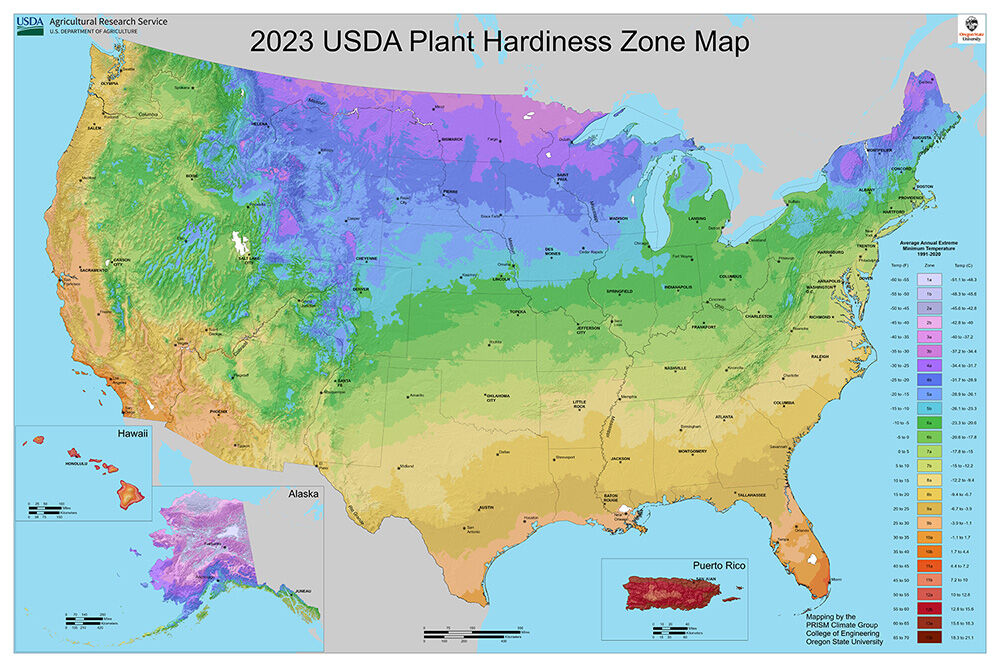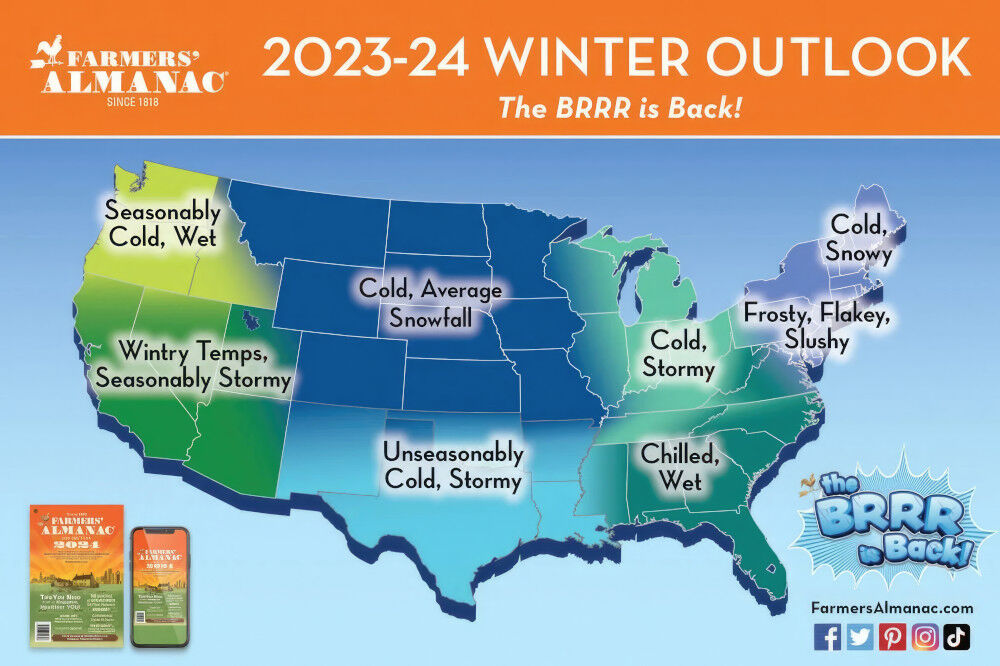
ASK MARTHA: Spring Garden Planning And Inspiration
After a long hard winter, there’s nothing better than renewing our acquaintance with the earth come spring. Read on for my ideas to create a beautiful and livable outdoor space.
Question: Hi Martha, How do I get inspired for spring in my garden?
Martha: Spring will be here before you know it! While it's tempting to wait for temperatures to rise to get your hands dirty, the important work in your garden starts much sooner. Preparing your garden for seed sowing and re-emerging perennials will ensure your plants thrive once spring arrives. Don’t forget annuals; their fast growth encourages adventurous design. A perennial border takes several years to mature, and you don't want to discover at the end of that time that your color scheme does not quite work. Try it out with annuals, and you'll know in weeks if it was an inspiration or a flop, and if you hate the results, simply replant. And annuals’ fast growth also makes them an ideal plug for the gaps that appear seasonally in perennial plantings.
Whether you're beginning your garden from scratch or revamping a mature plot, there are a handful of important gardening chores to add to your checklist before spring arrives.
1. Know Your Gardening Zone
Research should be the first task on your list. It’s best to consult the US Department of Agriculture (USDA) Plant Hardiness Zone Map to determine your agricultural zone. The zones correlate to your geographical location and will not only inform you when to plant, but also if plants you love can thrive in your area.
Last fall, the USDA released a new version of its Plant Hardiness Zone Map (PHZM), updating this valuable tool for gardeners and researchers for the first time since 2012. USDA’s Plant Hardiness Zone Map is the standard by which I and fellow gardeners and growers can determine which plants are most likely to thrive at a location. The new map—jointly developed by USDA's Agricultural Research Service (ARS) and Oregon State University's (OSU) PRISM Climate Group—is more accurate and contains greater detail than prior versions. It is available online at https://planthardiness.ars.usda.gov.
Another excellent garden resource I use is The Old Farmer’s Almanac. The oldest weather forecaster in America, they have been predicting extended forecasts since 1792. The publication is updated every year and is available in print and online at https://www.farmersalmanac.com.
2. Design & Dream
Garden-making often starts with visions that you long to bring alive. But before you run off to a nursery to invest in new plants , pick up a pad and pencil and walk around your yard. Jot down notes on what you want and need. Professional designers make scale drawings of garden sites, and then draw possible changes on overlays to ensure additions will work with existing elements. You can minimize this process by sketching your garden as it exists, and then envisioning alternatives. Note where the sun shines and observe how light moves across your yard during a day. Speak with other local gardeners and consult reference books. Although you won't find a precise road map for your design, you can take cues from certain principles that seasoned gardeners have developed over time.
3. Purchase and Start Seeds
I love researching and purchasing new seeds each year. Buying your seeds before spring arrives will give you ample time to plan, which is key when it comes to successful planting. Be sure to look carefully at the seed packets; they contain invaluable information. All seeds have different germination times and requirements. Some should be started indoors while others prefer to be sown directly into the soil. If you are planting multiple varieties, it’s helpful to keep a calendar to organize the dates, working backwards from your expected last frost date. Read carefully; most seed packets contain directions for: days to germinate, days to harvest, seed spacing, seed planting depth, thinning, and the seed packaging date.
4. Begin with These Easy Garden Design Tips
Although laying out a garden is never simple, you can get started on the right track by following the basic principles of good design. Whether you're creating a romantic cottage garden or a formal landscape, begin with these practical considerations.

BASIC DESIGN
A well-designed garden should link the house to the yard both physically and visually, affecting the entire living space: interiors that open onto terraces and views feel expansive, while gardens that fold into living areas impart intimacy.
Consider the prevailing spirit of the landscape-thinking about your region, neighborhood, and house-then choose and place plants and structures accordingly.
Make the garden accessible by creating a physical connection, such as French doors, from rooms to outdoor areas or a dining terrace close to the kitchen.
Take digital photos of the landscape and use photos to help sketch a rough design of living spaces. Visualizing your proposed layouts and features will ensure that additions are in scale with existing elements. And don’t forget to consider the height of your plants; making sure to locate the tallest in the back of your beds.
Plot patios and walks, taking cues from your home's style and materials. Take stock of the view from each window to determine sight lines that will organize your landscape. Place a path where you naturally move through the lot.
Look for existing noteworthy elements. such as specimen trees. mature hedges, and stone walls, which can give a new garden instant character. (But don't hesitate to remove features you'd rather live without, such as overgrown foundation shrubs that block windows.)
Use benches or urns as focal points in natural resting places-under shady trees or at the intersections of paths.
To create the illusion of a single expansive space, choose trees within view, and plant the same kinds of trees on your own land.

PLANT PALETTE
Consult books and your local nursery to find out the requirements for the plants you like and how large they will grow. Decide how much maintenance you’re willing to commit to: Do you welcome challenges, or do you need tough, self-sufficient plants?
Once your garden design-terrace paving, paths, trees, arbors, and hedges-is clearly drawn, compose a plant palette.
Consider what thrives in your neighbors' yards and suits the locale, whether native plants or transplants from similar conditions.
Consider rainfall and seasonal temperatures as well as coastal and inland influences.
Think about whether the emphasis will be on foliage textures, flowers, or both. Do you want seasonal change or year round, evergreen fullness?
Buy small: As a rule, younger plants tend to acclimate better to new settings.
Group plants with similar irrigation needs as well as harmonious colors and textures. Save exotic, finicky ones for pots, where they can get individual attention.
Be bold: create a strong, unified effect by planting in drifts of one or two kinds of plants rather than mixing many different types in one area.

Separate areas from one another by planting hedges and shrub borders. Install arbors, trellises, or other structures for climbing vines, which will shelter seating areas and create intimacy.

Make the outdoors a place to explore: Build steps that follow a slope and paths that curve out of sight. or hide a bubbling fountain; the sound of water will compel visitors to seek its source.

Article by Martha Stewart, as part of the Growing with Martha Stewart partnership.

